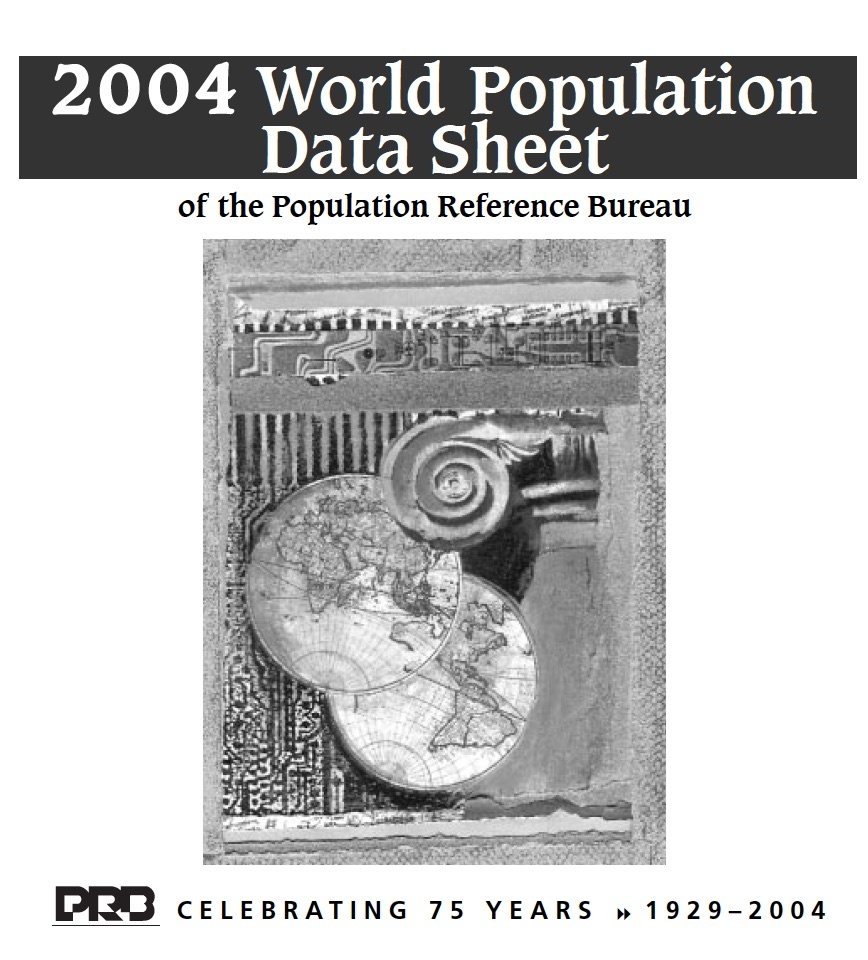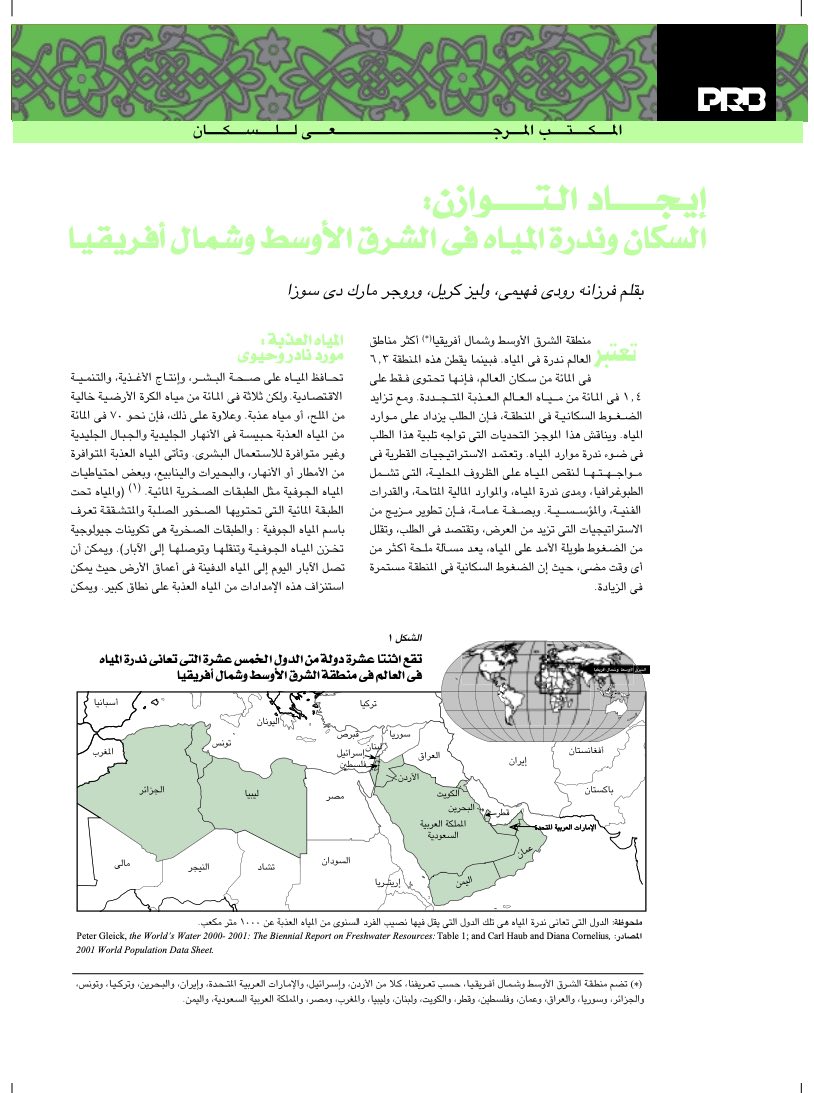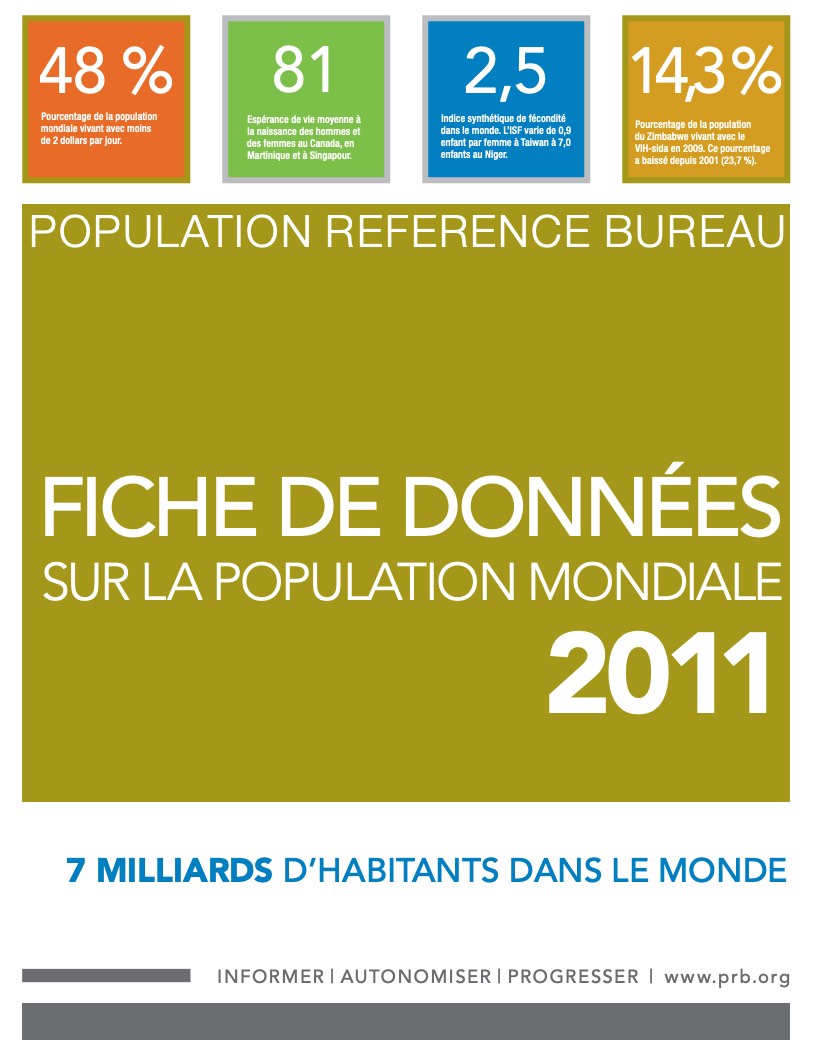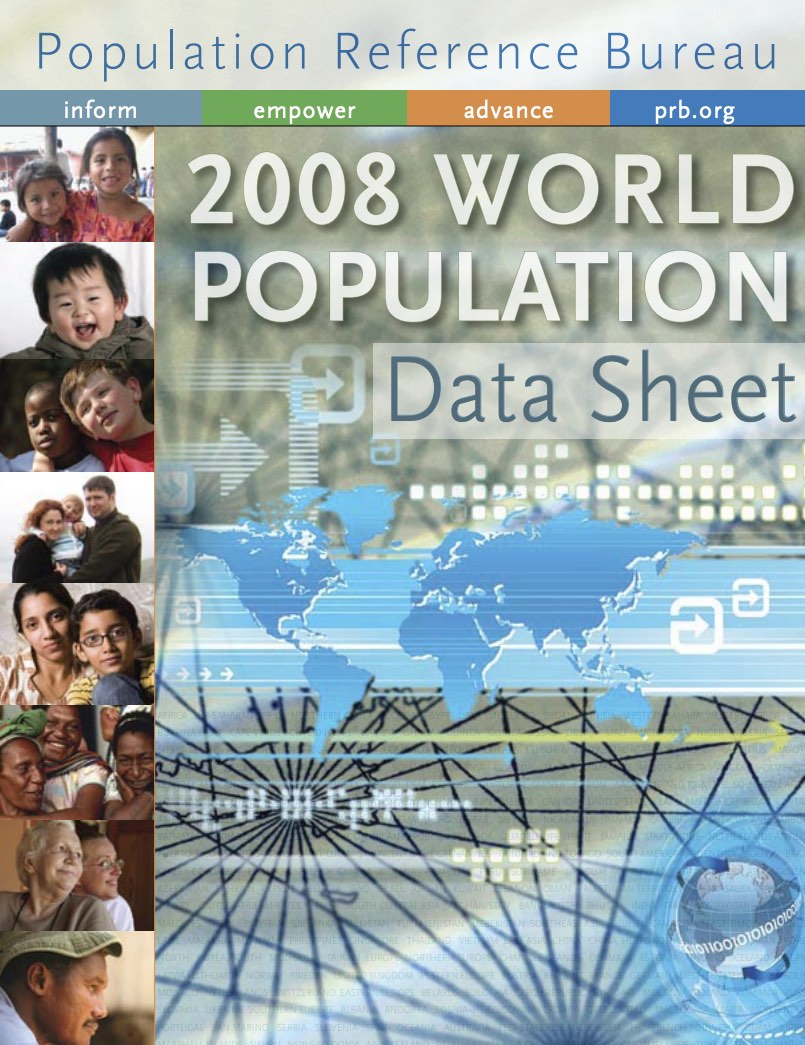2004 World Population Data Sheet
(2004) The starkly uneven pace of population growth between most developing and industrialized nations represents the world's major demographic fault line. The Population Reference Bureau's just-released 2004 World Population Data Sheet demonstrates that nearly 99 percent of all population increase takes place in poor countries, while population size is static or declining in the rich nations.







